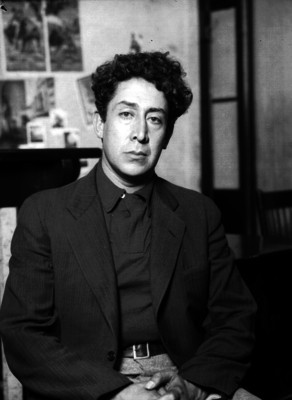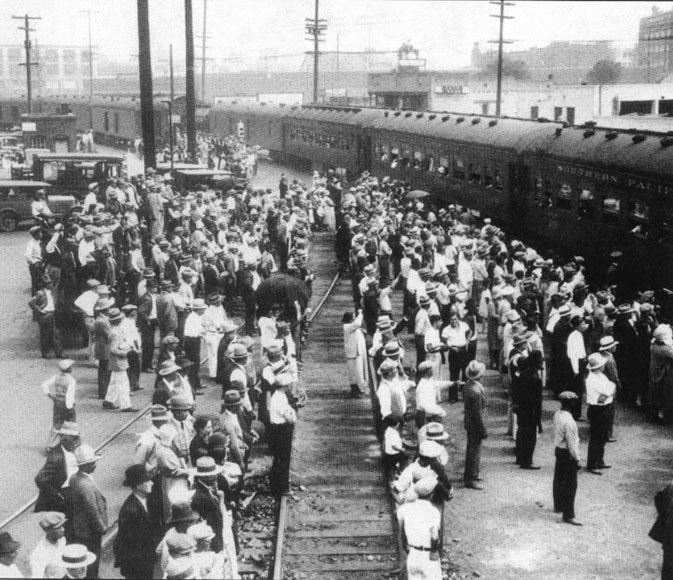América Tropical tells the universal story of a family fighting to stay together against forces intent on tearing them apart. Rita Rey, a young Mexican American, must save her family against Repatriation, the Depression-era policy where US citizens of Mexican ancestry were deported. Based on real people and events, our heroine uses her wits to outsmart a corrupt cop to get her family back. The show’s title comes from a controversial mural created by Rita’s love interest, David Siqueiros, the famous Mexican artist and communist revolutionary. América Tropical, the mural, is whitewashed but decades later manages to re-emerge, a metaphor for the resilience of Mexican Americans. In the end Rita understands the truths revealed in Siqueiros’ mural cannot be whitewashed or covered up, and América Tropical still speaks powerfully of acceptance and equality. The writers are mindful that audiences, particularly in a post-pandemic world, want to be entertained not lectured to. While the underlying themes in América Tropical are vital, the overarching tone is upbeat and lively—similar to Cabaret and Chicago.

Truth can’t be whitewashed
SONG SIZZLE REEL (video) HERE

Olvera Street, a forgotten alley that’s transformed into a colorful, music-filled destination, radically changing the lives of its Mexican American inhabitants.

On the ‘reborn’ Olvera Street costumed performers and colorful stalls filled with artisan crafts create the illusion of an ‘authentic’ Mexican village in the heart of Los Angeles.

Renowned Mexican muralist David Siqueiros is hired to create a romantic mural on Olvera but secretly creates a disturbing vision of prejudice and suffering— América Tropical. His infatuation with Rita has unintended consequences.

Guy McAfee, Commander of the LAPD Vice Squad, owns prostitution rings and gambling houses across LA. He is determined to take over Rita’s speakeasy and drive Tony the Hat, who supplies her booze, out of business.

The mural América Tropical (1932) flaunts the communist ideals of artist David Siqueiros. City powerbrokers have it whitewashed and presumably destroyed.

Olvera Street and América Tropical lie directly in the sightline of Los Angeles City Hall. This hastens the destruction of the controversial mural.

REPATRIATION— the Depression-era policy of deporting Mexican American citizens to create jobs for “real Americans”, which tears apart over a half million American families.

Mrs. Christine Sterling— a socialite determined to save Olvera’s historic buildings by turning the alley into a tourist destination. To celebrate its success Sterling commissions David Siqueiros to paint a “romantic” mural for the street.

Tony the Hat (Anthony Cornero)— gangster and bootlegger who supplies illegal booze to Rita’s speakeasy on Olvera Street. When corrupt cop McAfee aims to take over their businesses they join forces to fight back.

Harry Chandler, the likable curmudgeon and owner of the LA Times, funds Christine Sterling’s vision for Olvera Street and promotes it as a tourist destination.

Decades after it was whitewashed América Tropical astonishingly re-emerges. The City of Los Angeles embraces it as a long-lost treasure and together with the Getty Conservation Institute they fund to restore and protect it. América Tropical shares a unique resilience with Mexican Americans, refusing to be banished and forgotten.
